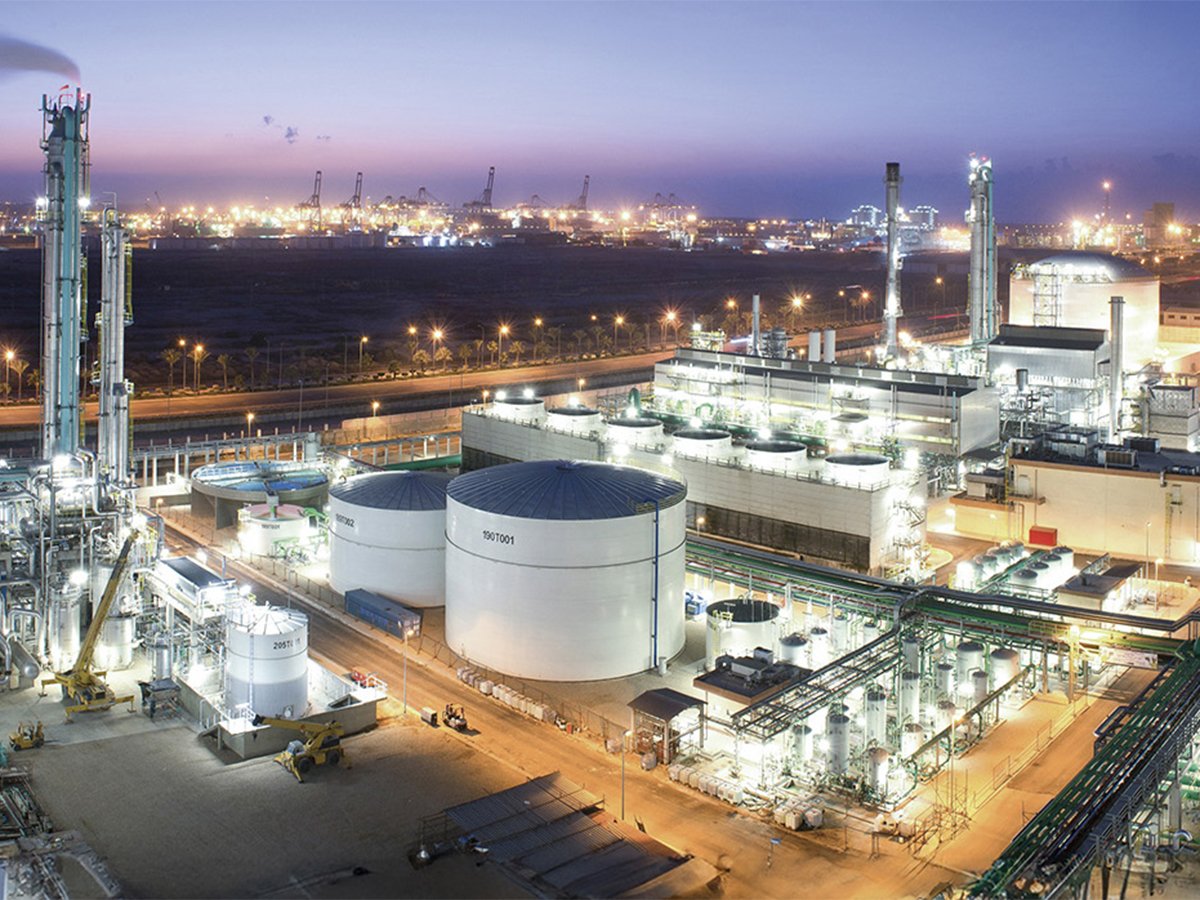VANCOUVER – Food security proponents admit they don’t always remember to think about livestock.
A lot of the work done to ensure people around the world have access to safe quality food focuses on gardens and vegetables, which are crops that are more easily grown closer to or in cities and require less processing.
Rigoberto Delgad of Heifer International in El Paso, Texas, said some might ask what livestock has to do with building food security.
“We rarely pay attention to … animal proteins,” he said before introducing a panel of North American livestock producers at a food security conference.
Read Also

Genesis Fertilizers seeks government funding
Genesis Fertilizers is actively seeking funding from government and a strategic partner. The company dispelled a rumour that DL E&C has abandoned the project.
However, he said small farmers and city residents who want to produce a share of their own food can integrate livestock into local food systems.
Rodolfo and Margarita Flores raise hogs, lamb, sheep, goats and cows near El Paso for the region’s Puerto Rican, Chinese, Korean and Mexican communities.
In Warnerville, New York, near Albany, Jim and Adele Hayes have 1,000 pasture poultry broilers and laying hens, 100 turkeys, 15 steers, 30 to 40 feeder pigs and 100 ewes.
And at Kennedy, Sask., Dawn Cameron added pigs to the 175 beef cow herd her husband Lonnie raises with his father.
These producers all said the local market was their most important customer, leading them and consumers toward food security.
Jim Hayes said 150 clients buy meat directly from his farm each month.
“I’m not the majority and that’s to my benefit.”
Jennifer Cunningham, who produces grass fed lamb on Jay Springs Ranch near Kamloops, B.C., said that could change.
“I was where you are 25 years ago,” she told the panel. “I’m really good at what I do and now the government has caught up to me, so they will catch up to you.”
Breaking down in tears, Cunningham said provincial regulations could soon force her out of business because she will have to slaughter her lambs at a provincially inspected plant. Shipping costs on 600 to 700 lambs will be tremendous.
“I am losing the ability to farm,” Cunningham said.
“This is a way they’re going to start controlling our meat production …. It’s only a couple of years away that we lose control over our food systems.”















